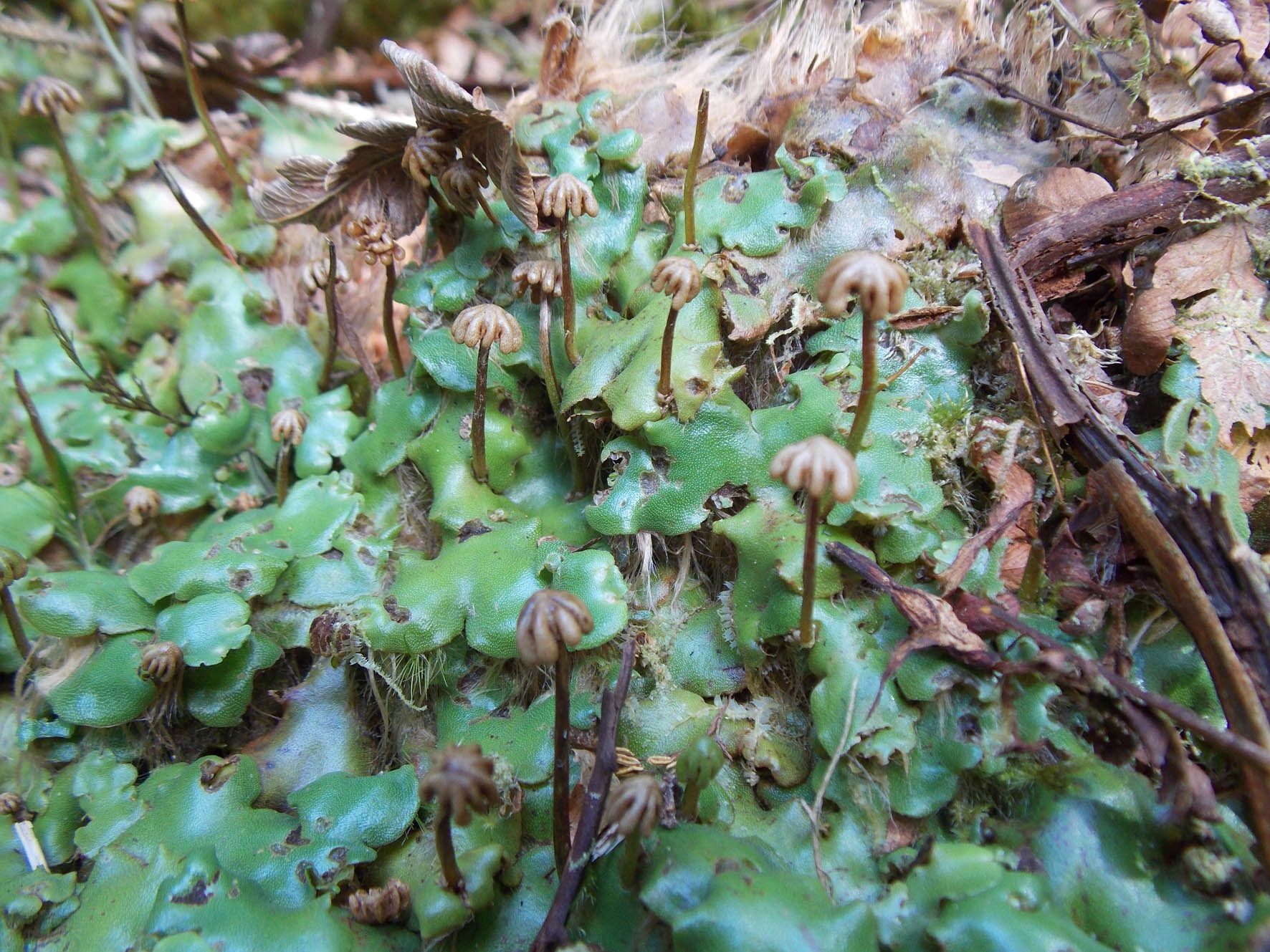Reimagining How Plants Began to Take Over the Planet
A series of studies takes a new look at the evolution of early land plants.

In the history of Earth, one of the most crucial developments, in the billions of years of the planet’s existence, was when plants evolved to colonize the land. So much followed from this one big move: rising levels of oxygen, layers of rich soil coating the ground, new habitats for animals to explore and make home.
But there are giant gaps in our understanding of land plants’ beginnings. Only a scattering of tiny, early land plants have been preserved in the fossil record, and although scientists know of four major groups, they have had trouble puzzling out the order in which they evolved.
“Our understanding of where these plants sit in the tree of life is a bit of a shambles,” says Philip Donoghue, a professor of paleobiology at the University of Bristol.
Donoghue is the principal investigator of a multidisciplinary project that aims to answer some of the fundamental questions about how and when land plants evolved, by combining fossil records and molecular biology. In two new papers, one published last week in Current Biology and another published today in the Proceedings of the National Academy of Sciences, this team of researchers finds that the first land plants emerged earlier than once thought and may have been more complex than anyone believed.
Early land plants can be divided into four major groups—liverworts, hornworts, mosses, and vascular plants. Those first three can be grouped together as bryophytes, which tend to be small and scrubby and reproduce via spore. Vascular plants have veins that can carry water and minerals to different parts of the plant. The relationship between these four big groups, though, has been a mystery. Did vascular plants branch off on their own evolutionary journey? Or, perhaps, did a shared ancestor of liverworts and mosses split off from the shared ancestor of hornworts and vascular plants?

In their work, Donoghue and his colleagues considered seven competing versions of this plant family tree, each consistent with existing evidence. But based on their analysis of genomic evidence from algae and the four major land plant groups, they were able to narrow down the possibilities to three options. According to their results, liverworts and mosses make up one branch of early plant life; their work also suggests, though, with less certainty, that hornworts are part of that same branch.
Those results cut against some existing ideas about how early plant life evolved. Often, liverworts, which are extremely simple plants, have been thought of as a more primitive form of early plant life, that presaged more complicated mosses and vascular plants. But these results indicate that liverworts actually evolved to become more simple—that the common ancestor of all four plant groups was a more complicated organism than previously imagined.
Whatever order these plants evolved in, though, the second paper suggests that they developed in a relatively short amount of time—within a handful of millions of years. (That counts as “short” in this realm. “It’s all relative,” Donoghue says. “Half a billion years ago, it’s all within the fumes of statistical uncertainty.”) In the PNAS paper, the researchers describe their efforts to pin down a timescale for early land plant evolution, by combining data from plant genomes and the fossil record. No matter which of those seven evolutionary scenarios the team considered, they found that land plants branched off as early as the mid-Cambrian era and vascular plants branched off in the late Ordovician or late Silurian periods, sometime approximately 440 to 420 million years ago.
“The branching events probably happened very close to each other in time,” says Donoghue. “It doesn’t matter how you resolve the tree. There’s been quite a lot of evolution happening in a short space of time.”
That timeline puts the origins of land plants earlier than previously thought, which could have large implications for our understanding of the early history of our planet. One of the reasons that scientists are interested in early plant development is because of the impact plants had on the Earth’s climate. Whenever land plants evolved, they started reshaping the planet and its climate; this is one of the beginning points for models of the Earth’s climate history.
If plants’ geoengineering work started back in the Cambrian period, “all that work has been based on the wrong assumption,” says Donoghue. The Earth in the Cambrian period wouldn’t have been characterized by bare rock and perhaps a bit of pond scum; it might have had a low, floral forest that would have already been greening the planet.
Compared to the elaborate forests of today, these low-lying plant covers wouldn’t seem particularly majestic. Their descendants are still around today, in bogs, on rocky cliffs, in damp cracks, and mostly we don’t pay much attention to them. But these are the types of plants that transformed the course of Earth’s history.
“Most people are unaware of plants outside of flowering plants,” says Donoghue. “All the action, all the fundamental evolutionary innovation, are in these miserable, boring-looking plants that grow in places people don’t want to be. These mosses are best modern model for plants that fundamentally changed our planet.”




























Follow us on Twitter to get the latest on the world's hidden wonders.
Like us on Facebook to get the latest on the world's hidden wonders.
Follow us on Twitter Like us on Facebook